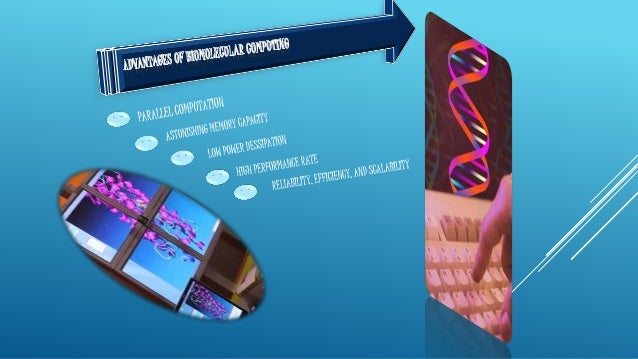Biomolecular computing systems: How useful can it be? (by Sayan Das)
The task of information processing, or computation, can be performed by natural and man-made 'devices'. Man-made computers are made from silicon chips, whereas natural 'computers', such as the brain, use cells and molecules. Computation also occurs on a much smaller scale in regulatory and signalling pathways in individual cells and even within single biomolecules. Indeed, much of what we recognize as life results from the remarkable capacity of biological building blocks to compute in highly sophisticated ways. Rational design and engineering of biological computing systems can greatly enhance our ability to study and to control biological systems. Potential applications include tissue engineering and regeneration and medical treatments. This Review introduces key concepts and discusses recent progress that has been made in biomolecular computing.
The notion of computation is none other than a systematic way of processing information, and thus computation is central to the function of biological systems, as it is crucial for complex man-made machinery.
The future for the biological computing is bright , Biological computing is a young field which attempts to extract computing power from the collective action of large numbers of biological molecules , CPU being replaced by the biological molecules remains in the far future .
Whereas biological computing is omnipresent in living systems, the capacity to engineer new biological computing systems will open the way to an unprecedented level of rational control over living matter that can be used in all areas of biological engineering and medicine.
Whereas biological computing is omnipresent in living systems, the capacity to engineer new biological computing systems will open the way to an unprecedented level of rational control over living matter that can be used in all areas of biological engineering and medicine.

Current engineering effort is split between biochemical systems that function in carefully constituted settings and biological systems that operate in living cells or cell ensembles. The two approaches are complementary because biochemical systems show what is possible in principle, whereas biological systems must deal with the complexity of the host and thus are at this point simpler and smaller in scale.
The construction of molecular computing systems has been inspired by known theoretical models of computation, such as state machines and logic and analogue circuits. Each model is best suited for a different class of tasks.
The logic circuits model has spawned a large number of implementations both in the test tube and in living cells, with the basic building blocks comprising DNA oligomers in the test tube and re-engineered regulatory switches in living cells. Recent achievements include neural-like network with associative memory made of DNA switches, a trainable ribozyme-based molecular network, a number of distributed logic gates in bacteria and yeast and a cell-type classifier for cancer cell detection and destruction.

Biological computer is cheaper , It is lightweight , 1 lb of DNA has more computing power than all computers ever made , Low power used to keep in the original state , It has the ability to solve the hardest problems in a matter of weeks , Biological computer has readily available materials , It is clean & environmentally friendly .
The molecular operations are however not perfect , DNA computing involves a relatively large amount of error , As size of problem grows , probability of receiving incorrect answer eventually becomes greater than probability of receiving correct answer .
By Sayan Das


Comments
Post a Comment